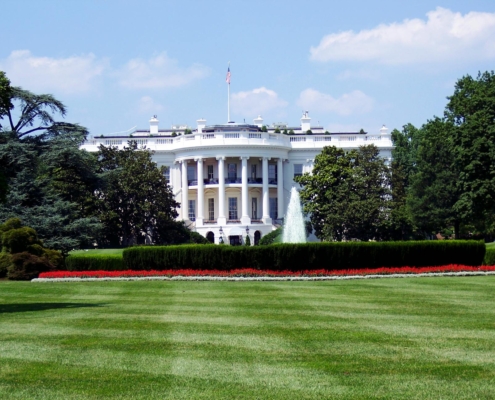The IPv4 Market in September
If your organization relies on IPv4 addresses to generate revenue, you have likely been wondering when the IP prices might bottom out or begin to increase again. There are several contributing factors that have caused the prices to take a downward spiral over the last 18 months. While CG-NAT, IPv6 deployments and interest rate spikes played a role, the lack of demand is one of the most critical driving factors. With that said, where does the IPv4 demand stand today?
As of last month, it seems evident that the market is stable with a new level of consistent demand. There were 142 transfer requests in August 2023, which is on par with the average of 142 requests for 2023 overall. While there were some months last year with higher demand, this year’s average is +6% higher than the average of 134 in 2022. This year also has almost no volatility, except for one significant dip in February.
The other major contributing element to decreased IPv4 prices was the surge of supply at the beginning of 2022. While Brander Group started out in 2023 with a rather large surplus, our team has been selling through /19s and larger, with only a handful of each IPv4 block size available today. Based on this trajectory, we anticipate that /20s and /21s will also become scarce by Q1 of 2024. With the end of the year around the corner, we anticipate many organizations will spend Q4 budgets to purchase IPv4 addresses before prices begin to rise once again. Combined with the anticipation of the BEAD funding distribution, we are likely to see the tides shifting for IPv4 demand in 2024.
Other Popular Blog Posts
Discover more from Brander Group
Subscribe to get the latest posts sent to your email.


 2024
2024 2024
2024